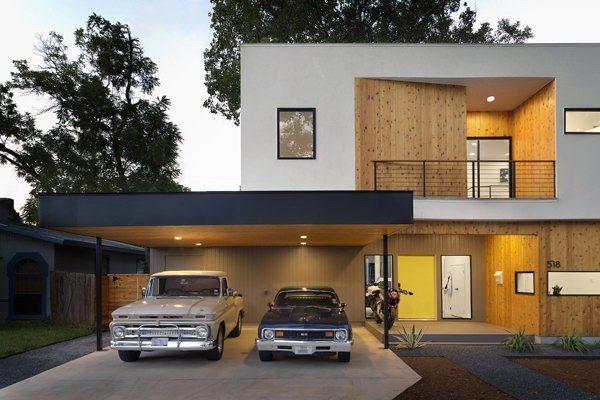

Knotty Cedar is worth a second look
Knotty Western Red Cedar is quietly growing in popularity, and for all the right reasons. The green, sustainable characteristics of Western Red Cedar are well-known, but here are seven top reasons why you may want to stock up on Knotty Western Red Cedar decking or siding.
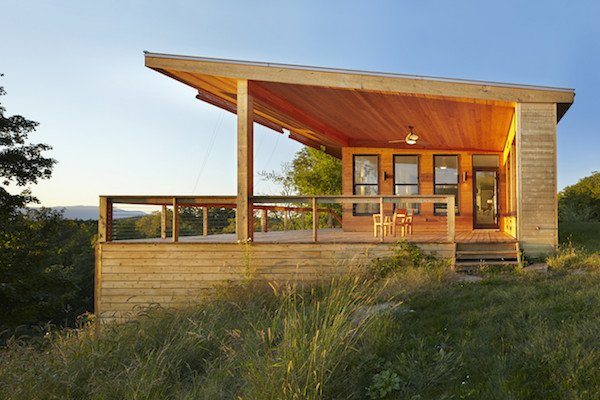 Lower price point
Lower price point
Comparatively speaking, knotty Western Red Cedar is available at a lower price point, making it very cost effective to build with. A quick square-footage cost comparison between knotty and other decking materials is often all it takes for most consumers to choose knotty.

High-performance
Knotty Western Red Cedar, or thuja plicata, is probably the ideal building material for outdoor R&R projects, and even more so in high-moisture conditions. Naturally occurring preservatives in the species make it resistant to rot, decay and insect attacks. Also worth noting is the misconception that the knots will fall out over time. Knots will remain sound and tight through the life of the deck when one specifies tight knot grades/standards, such as Architect Knotty.
Different grades, different looks
The condition or character of the knots in the wood determines the product standard of knotty western red cedar, and ultimately gives the consumer a wide range of looks from which to choose: from urbane and elegant to rustic and charming. Architect Knotty and Custom Knotty are popular choices with homebuilders and are product standards for Western Red Cedar Lumber Association members.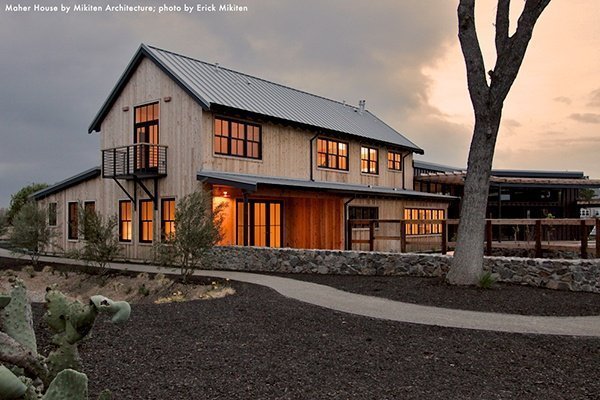
Hard-to-beat versatility
Knotty Cedar is light and easy to work with, but the variety of looks and finishes that can be created is what really make its versatility unparalleled. Cedar (knotty or otherwise) is pitch- and resin-free and perfectly suited to take virtually any stain, finish or bleaching product, giving the homeowner or builder a myriad choices on the final look. Knotty cedar is also available in a variety of dimensions, although 2×4 and 2×6 are most common for decks.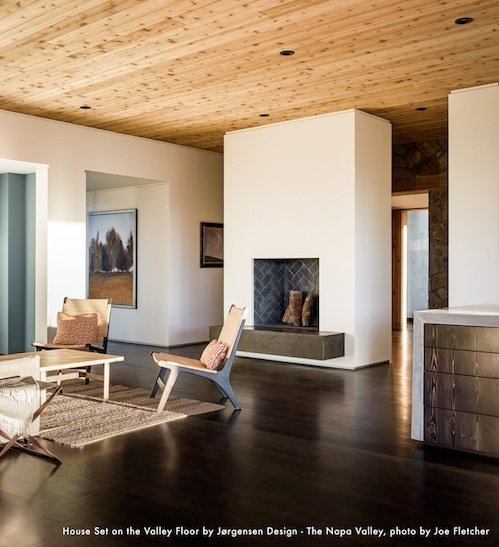
It’s the rising star of deck materials
Although cedar has been around for a long time (First Nations and Native Americans have been building with it for centuries), knotty Western Red Cedar as a decking material is making a comeback in a composite-dominated market. Growing environmental awareness has certainly pushed its popularity, as has a trend to extend outdoor living spaces to blend in with and complement outdoor areas and natural landscaping. Louder calls for a possible land-fill tax to be added to the sale of composite materials may be helping as well.
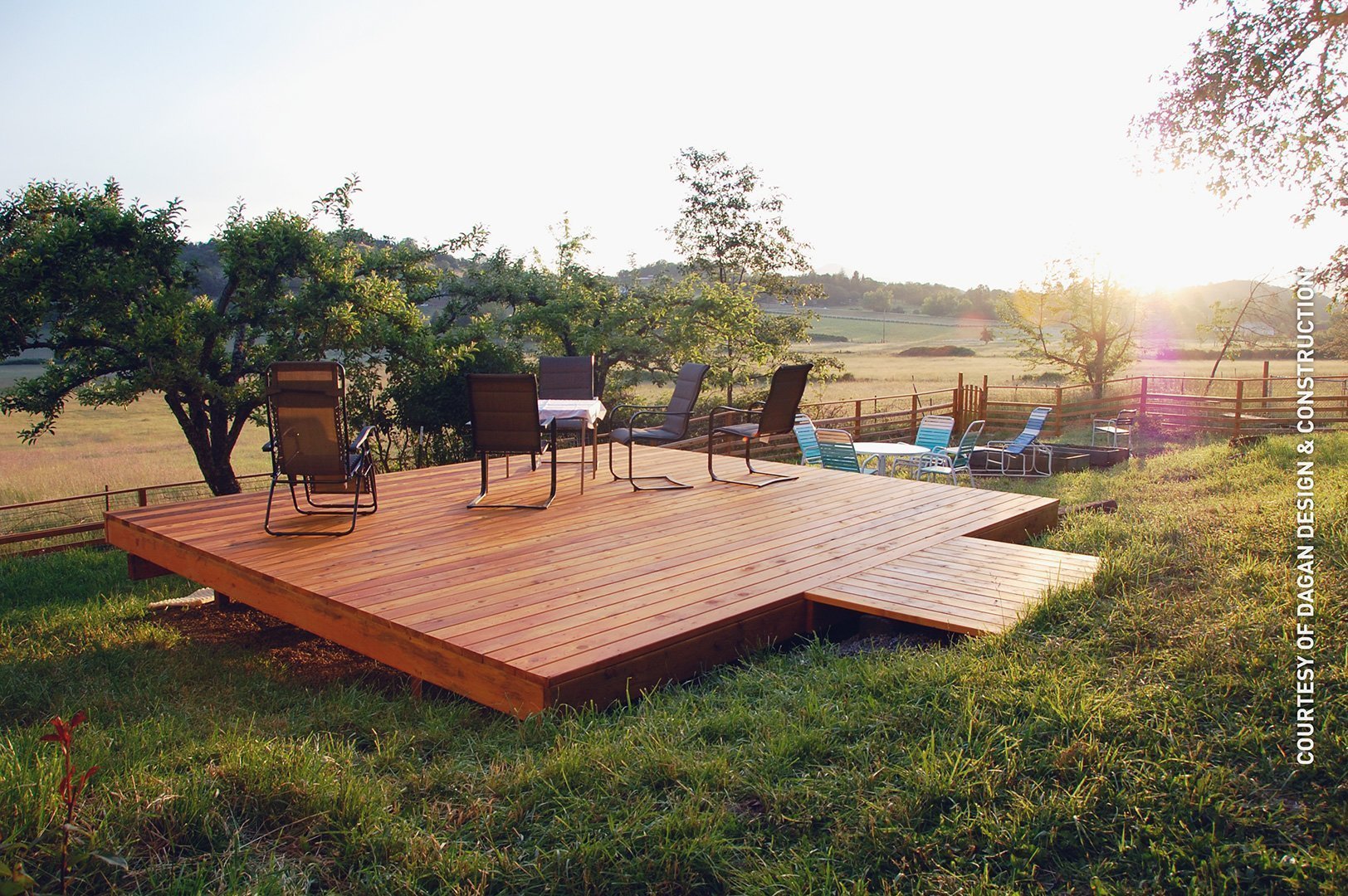
Great for grilling burgers, not your feet
Whereas composite materials can heat up and actually burn bare feet in the summer, Western Red Cedar stays cool under foot, even in the hottest weather, so it’s always comfortable to walk on. Additionally, there’s no risk of the surface softening due to heat.
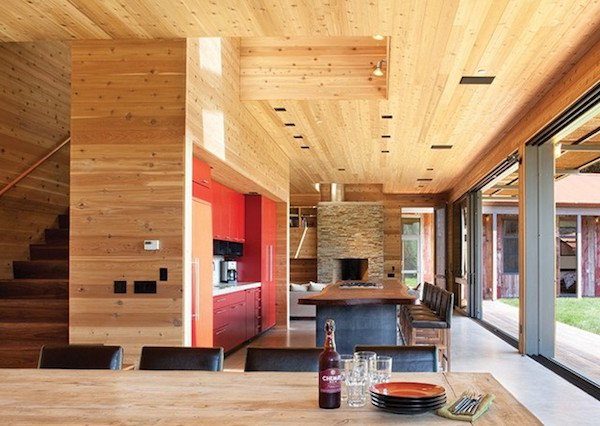
Knotty cedar just looks great
Despite the other reasons for choosing knotty Western Red Cedar, the fact that it looks so good is likely the single biggest factor in its growing popularity. With natural colors ranging from honey-yellow to cinnamon-red to deep-sienna, and its rich, deep lustre, the natural warmth and beauty found in real cedar is matchless.